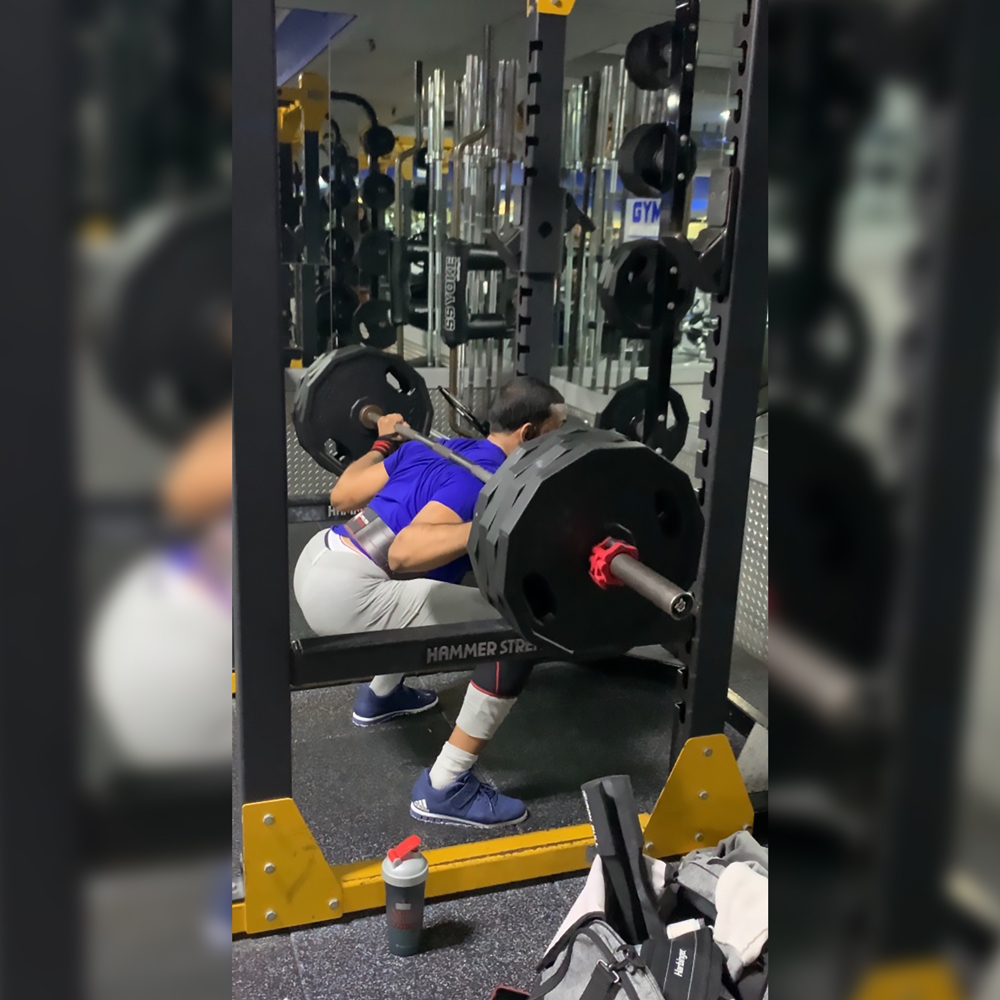
Weightlifting has long been recognized as a powerful tool for enhancing physical strength and performance. However, the mechanisms behind muscle growth—also known as hypertrophy—are rooted in complex biological processes. Understanding these processes can help individuals optimize their training regimens, achieve their fitness goals, and ultimately build a more muscular, more resilient physique.
The Basics of Muscle Anatomy
To comprehend how muscle growth occurs, it is essential to understand the basic structure of muscle tissue. Muscles are composed of fibers, which are further divided into myofibrils. Myofibrils are made up of smaller units called sarcomeres, the functional contractile units of muscle. Each sarcomere consists of thick (myosin) and thin (actin) filaments that slide past one another to produce contraction.
In weightlifting, the muscles experience tension and stress, which are crucial for stimulating growth. When you lift weights, you create micro-tears in the muscle fibers. This damage triggers a series of physiological responses aimed at repairing and strengthening the tissue, resulting in muscle hypertrophy.
Types of Muscle Hypertrophy
Muscle hypertrophy can be classified into two primary types: myofibrillar and sarcoplasmic. Myofibrillar hypertrophy refers to the increase in the size and density of myofibrils, leading to greater strength and power. This type of growth is typically achieved through heavy lifting and lower repetitions.
Sarcoplasmic hypertrophy, on the other hand, focuses on increasing the volume of the sarcoplasm—the gel-like substance surrounding the myofibrils, which contains various elements like glycogen, enzymes, and water. This type of hypertrophy is usually associated with higher repetitions and lighter weights, emphasizing endurance rather than pure strength. Understanding these distinctions can guide your training approach depending on your specific goals.
The Role of Progressive Overload
Progressive overload is a fundamental principle in weightlifting and muscle growth. It involves gradually increasing the weight, volume, or intensity of your workouts over time. This consistent increase in stress placed on the muscles is essential for continued growth.
Without progressive overload, your muscles adapt to the current stress level and growth plateaus. This principle can be applied in various ways, such as increasing the weight lifted, increasing the number of repetitions or sets, reducing rest intervals, or introducing new exercises.
Nutritional Considerations
Nutrition plays a critical role in muscle growth, as it provides the building blocks necessary for recovery and adaptation. Adequate protein intake is essential, as protein is essential for repairing and building muscle tissue. Research suggests that consuming approximately 1.6 to 2.2 grams of protein per kilogram of body weight per day can optimize muscle growth for individuals engaged in resistance training.
Carbohydrates are also vital, as they serve as the primary fuel source during intense workouts. Adequate carbohydrate consumption helps replenish glycogen stores, supports recovery, and promotes overall performance. Healthy fats, vitamins, and minerals are equally essential for overall health and well-being, as they contribute to various metabolic processes that support muscle growth and recovery.
The Importance of Recovery
While training is essential for it, recovery is equally crucial. After an intense weightlifting session, the body requires time to repair damaged tissues and adapt to the stress placed on it. This process involves muscle protein synthesis, which is when the body uses amino acids from protein to repair and build muscle fibers.
Adequate rest, including quality sleep and active recovery days, allows the body to optimize this process. Insufficient recovery can lead to overtraining, characterized by fatigue, decreased performance, and an increased risk of injury. Prioritizing recovery not only aids in muscle growth but also enhances overall performance and resilience.
Hormonal Influences on Muscle Growth
Hormones play a significant role in regulating and adaptation. Testosterone, for example, is a critical anabolic hormone that promotes muscle protein synthesis and increases strength. Growth hormone and insulin-like growth factor 1 (IGF-1) also contribute to muscle growth by stimulating cellular repair and growth.
The release of these hormones can be influenced by various factors, including the type of exercise performed, nutrition, and even sleep quality. Compound exercises—movements that involve multiple muscle groups, such as squats and deadlifts—can stimulate a more significant hormonal response compared to isolation exercises.
Integrating Effective Strategies
To maximize muscle growth through weightlifting, it’s essential to integrate effective strategies into your training regimen. Start by establishing clear goals—whether you aim to increase strength, endurance, or overall fitness. Develop a structured program that incorporates progressive overload, appropriate volume and intensity, and sufficient recovery.
Understanding the science behind muscle growth in weightlifting is crucial for anyone looking to enhance their strength and performance. By recognizing the mechanisms involved, including the roles of progressive overload, nutrition, recovery, and hormonal influences, individuals can develop effective training strategies to achieve their goals. Whether you are a seasoned lifter or just starting your fitness journey, applying these principles will lead to improved fitness, increased strength, and a greater appreciation for the power of weightlifting.